-
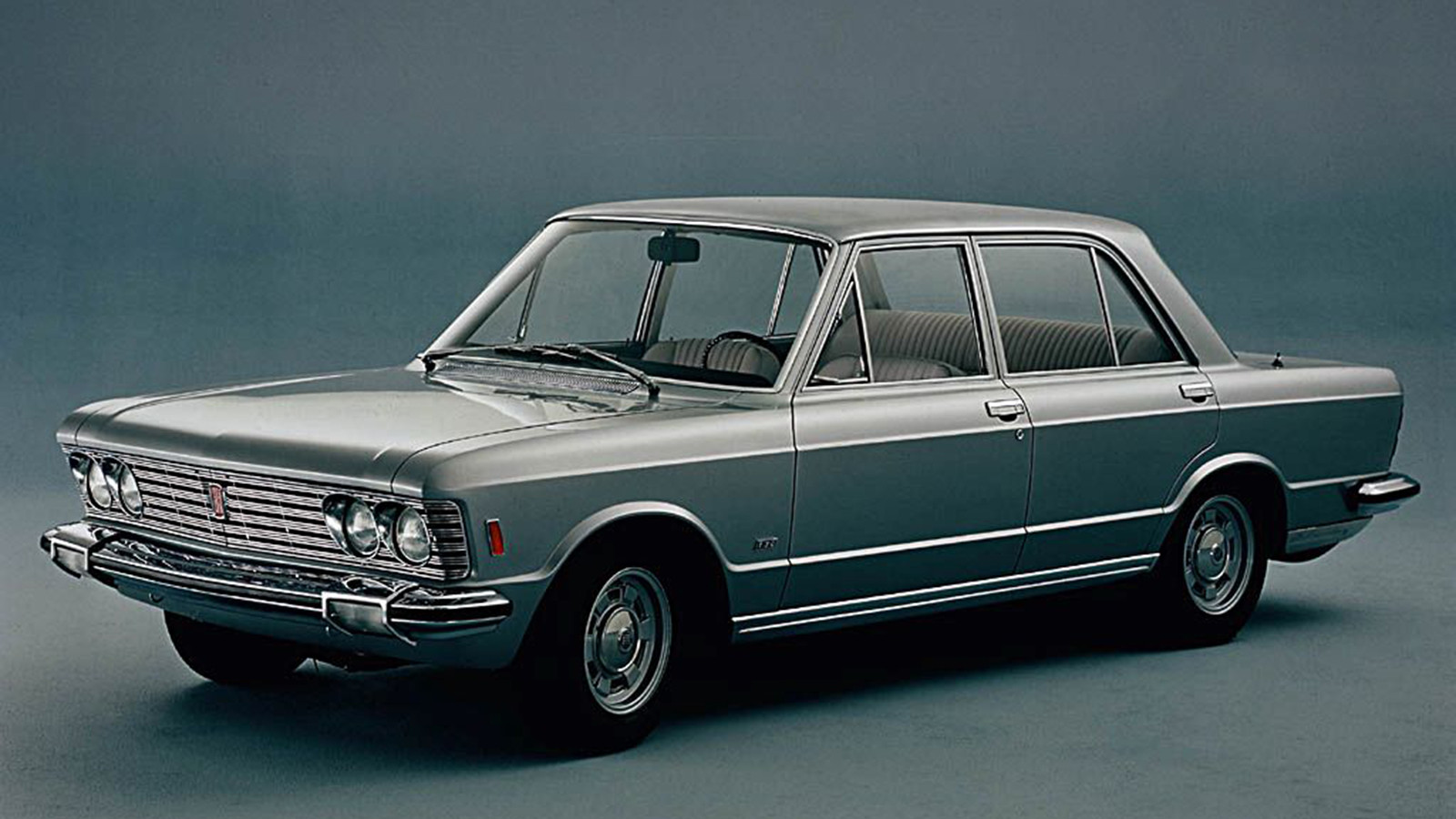 © Stellantis
© Stellantis -
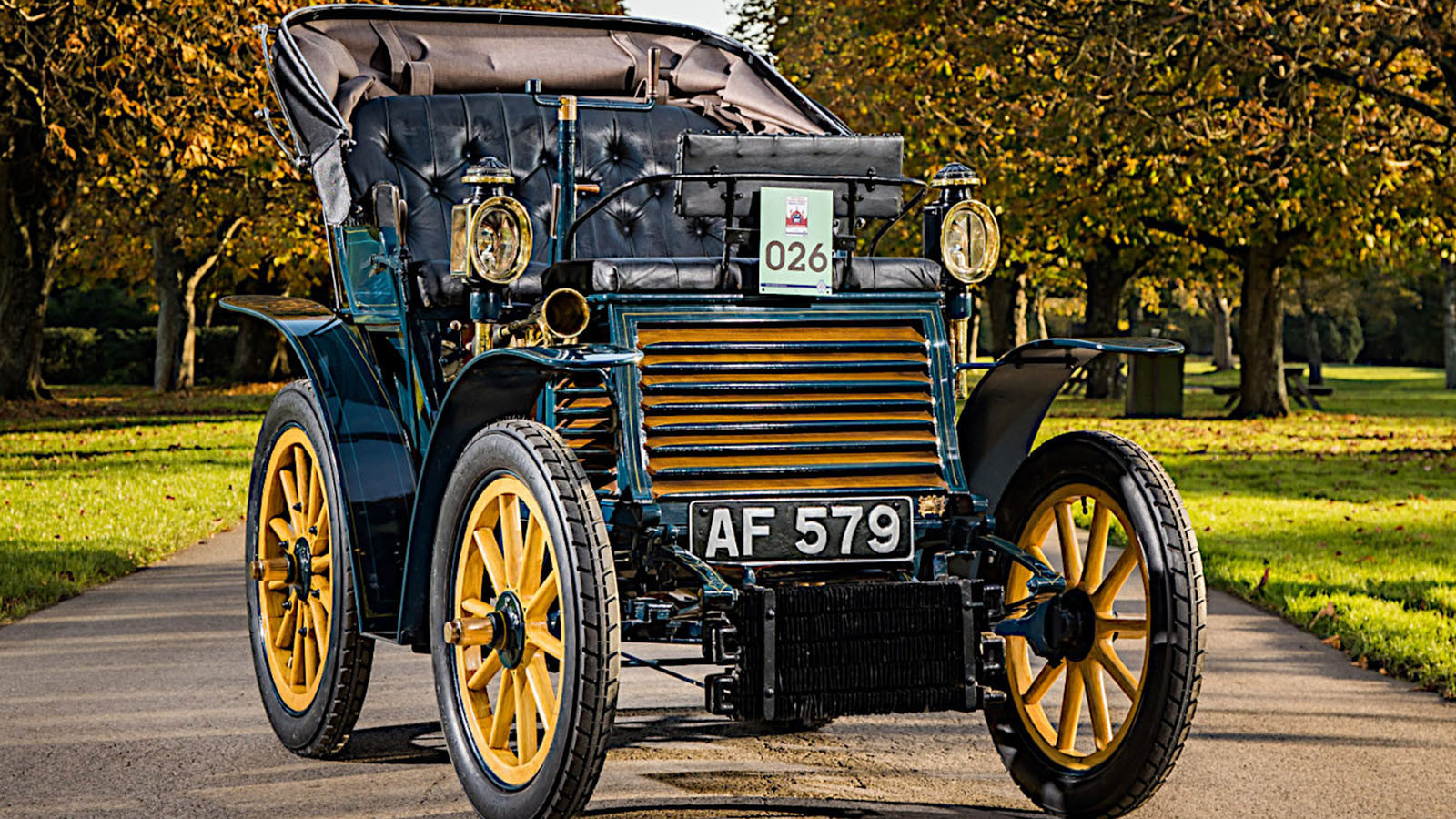 © Stellantis
© Stellantis -
 © Public domain
© Public domain -
 © Brightwells
© Brightwells -
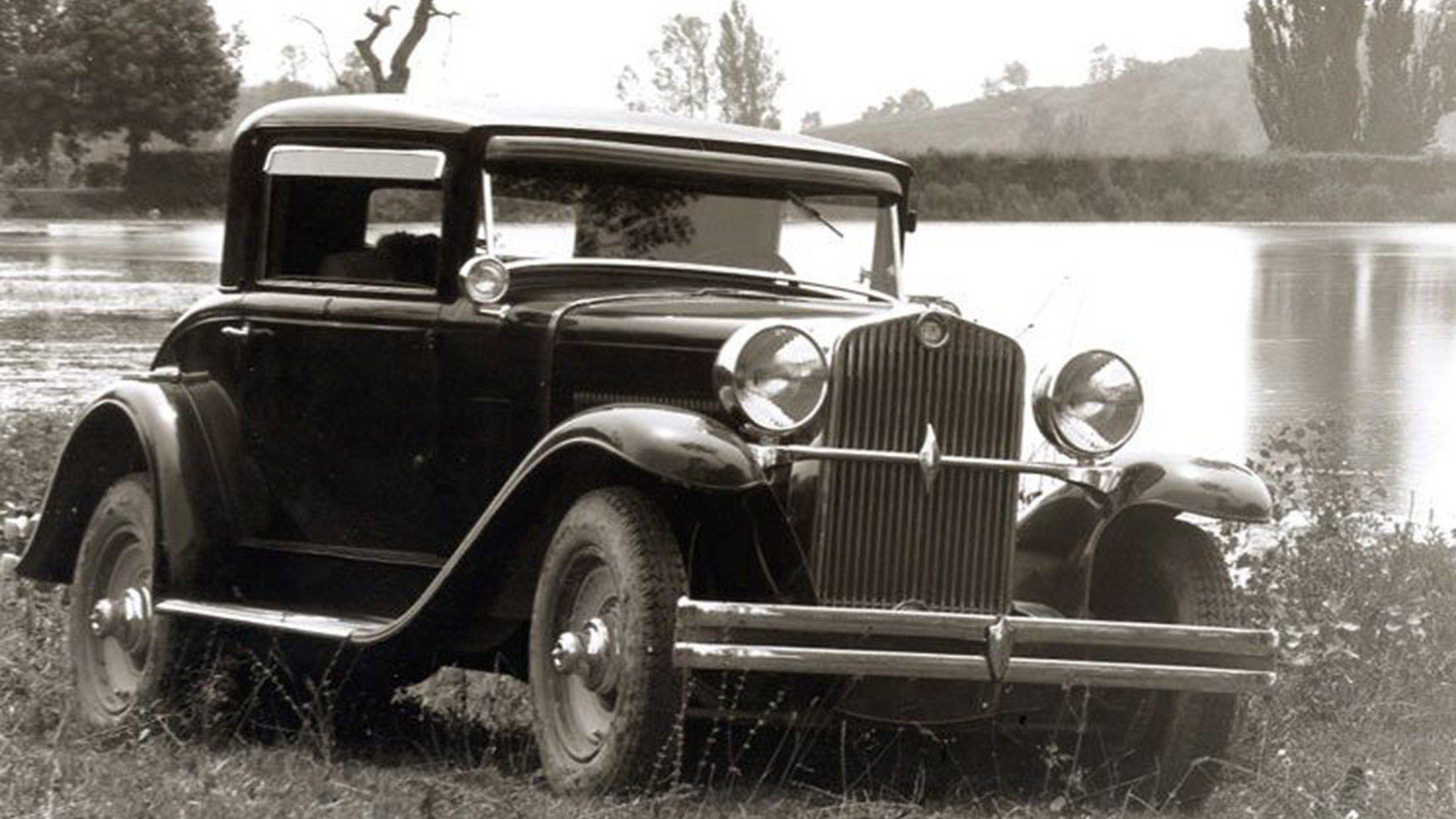 © Stellantis
© Stellantis -
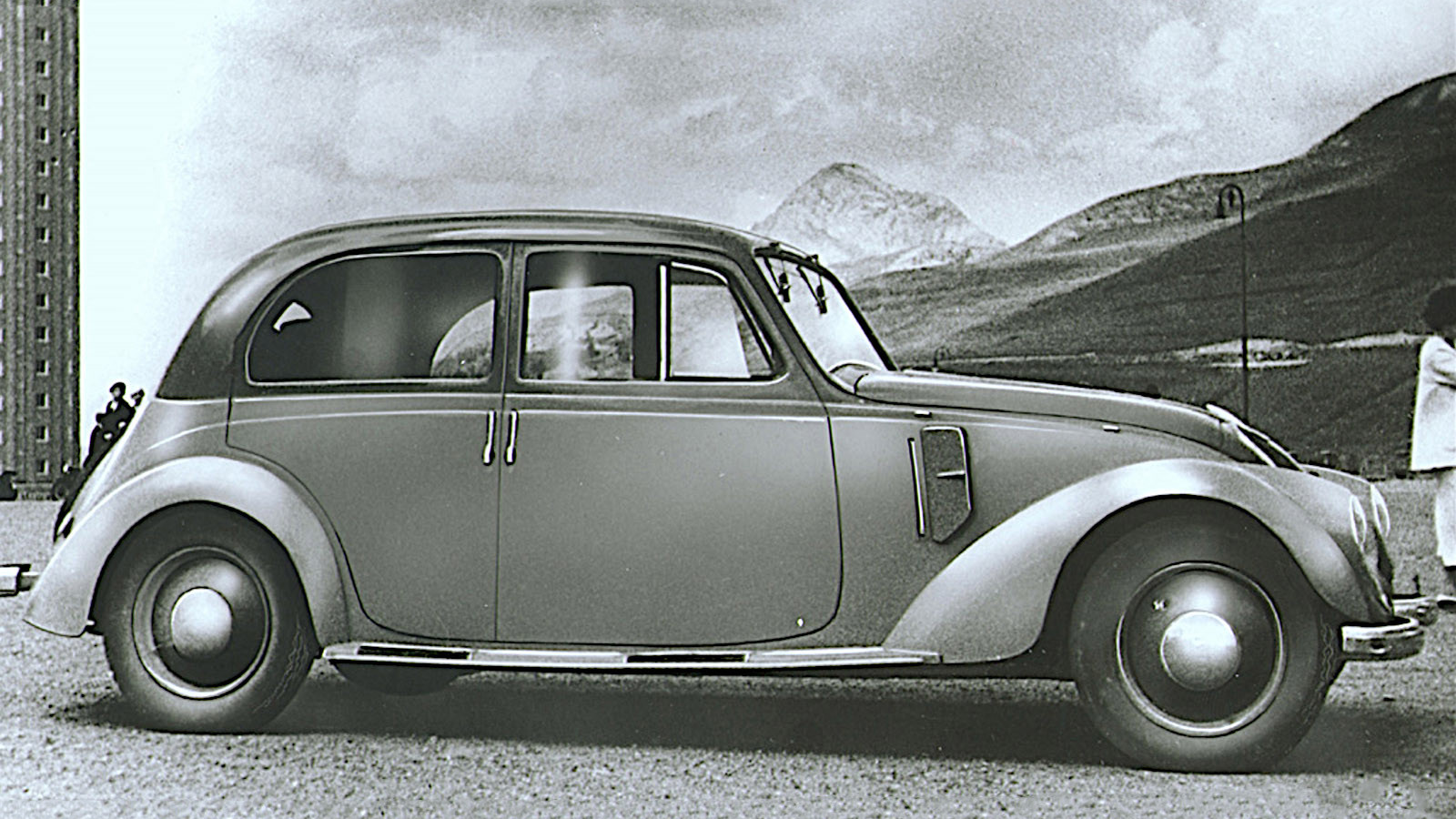 © Stellantis
© Stellantis -
 © Stellantis
© Stellantis -
 © Thomas Starck/Classic & Sports Car
© Thomas Starck/Classic & Sports Car -
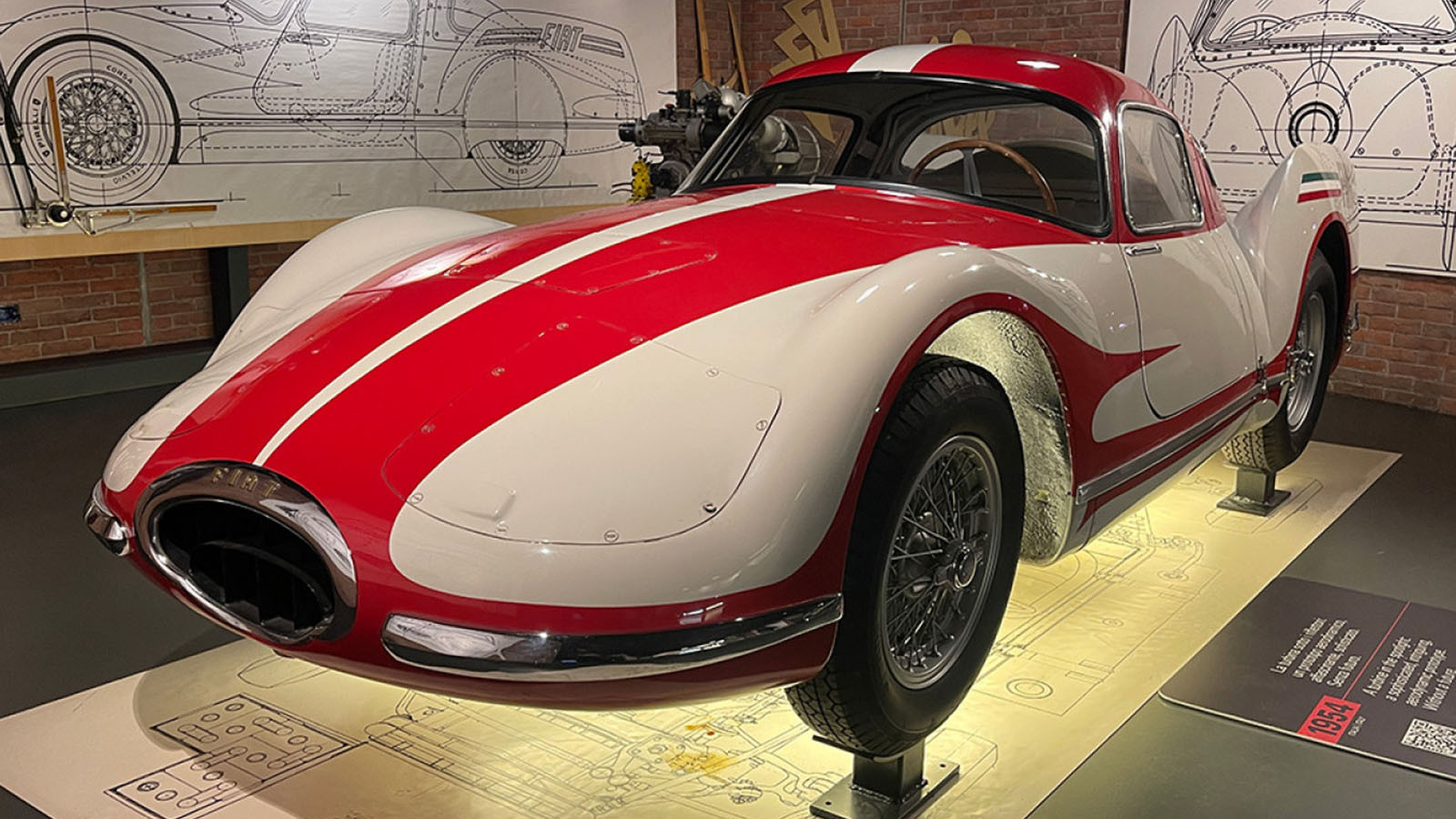 © Nathan Chadwick
© Nathan Chadwick -
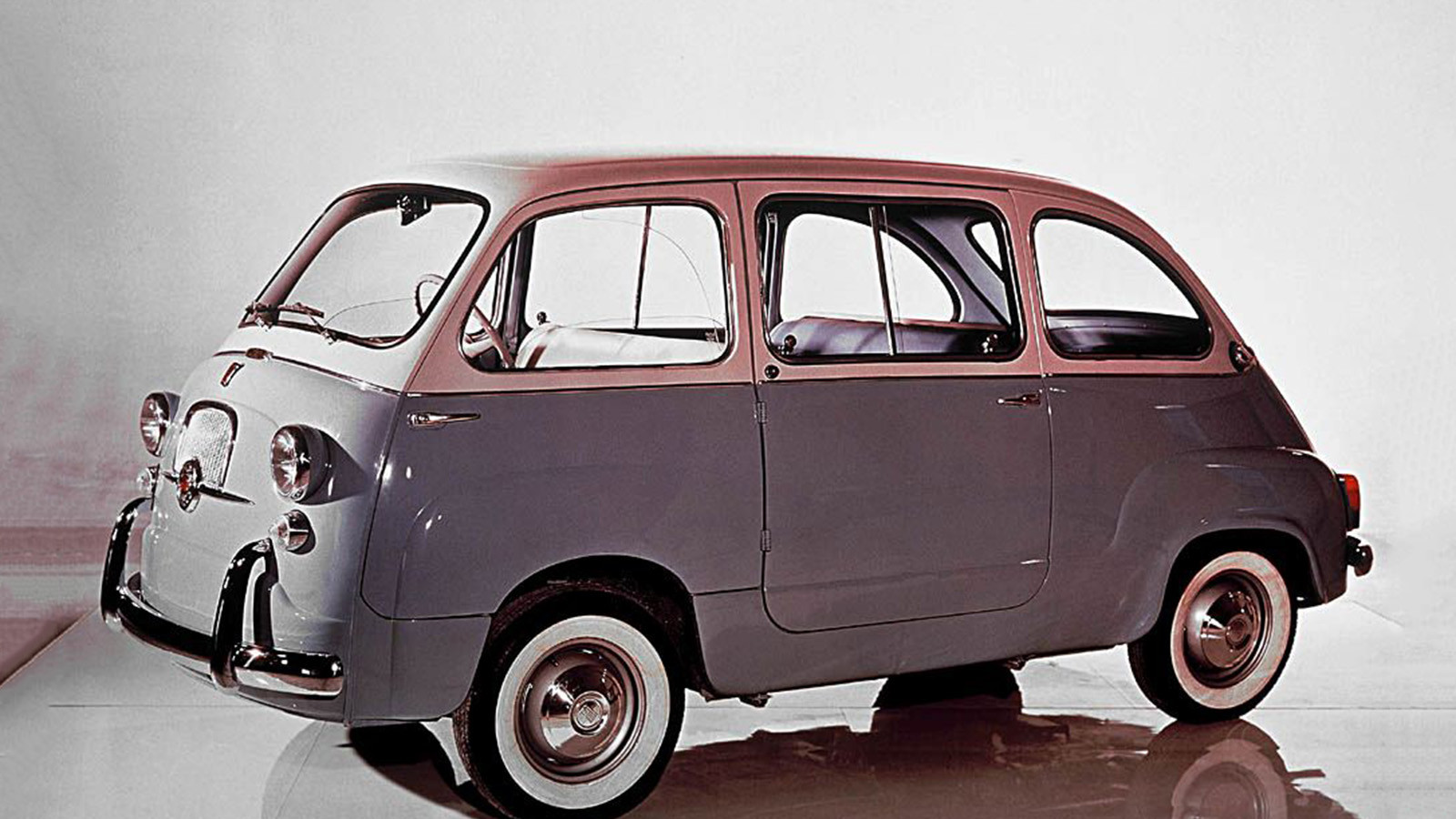 © Stellantis
© Stellantis -
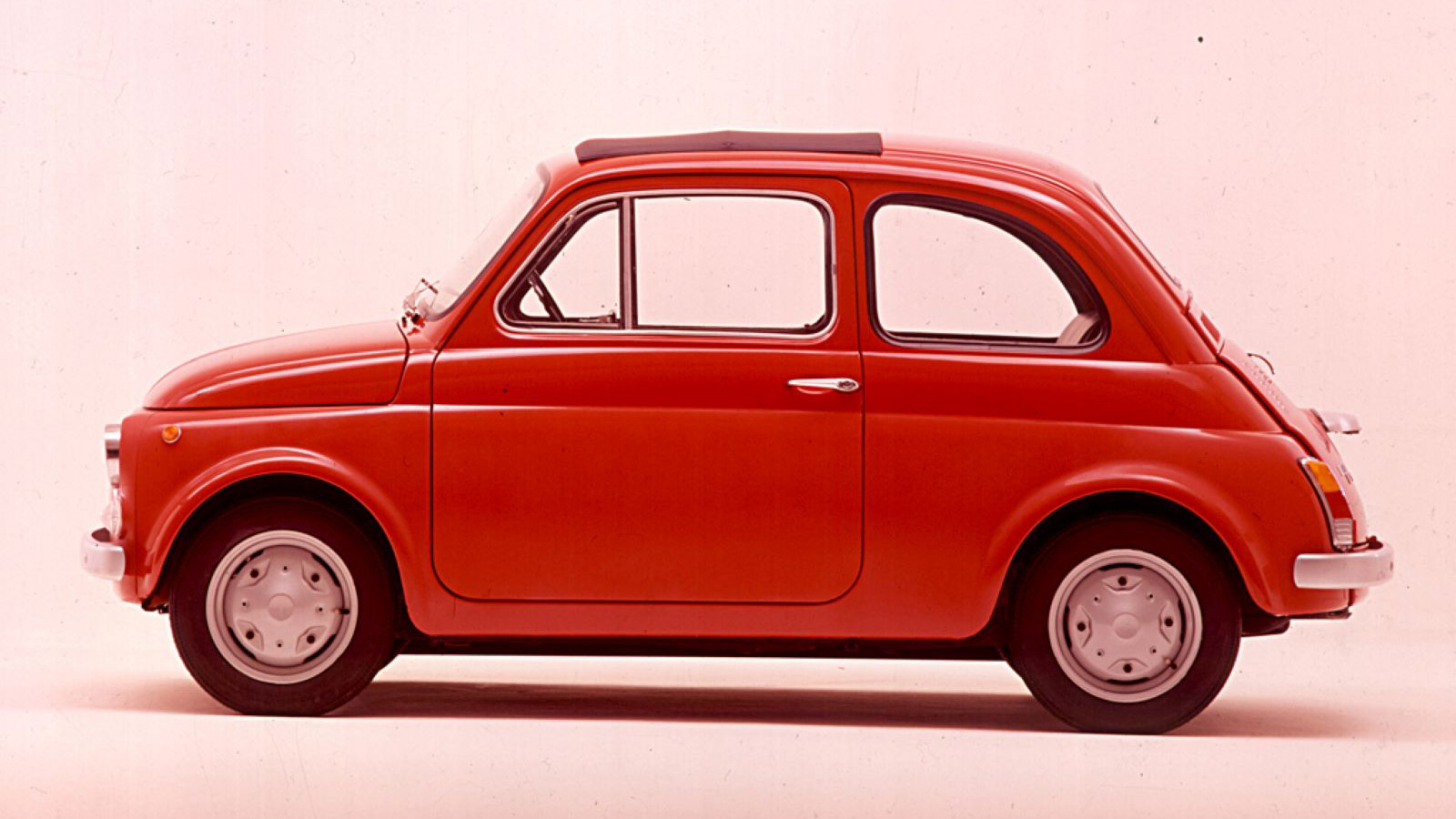 © RM Sotheby’s
© RM Sotheby’s -
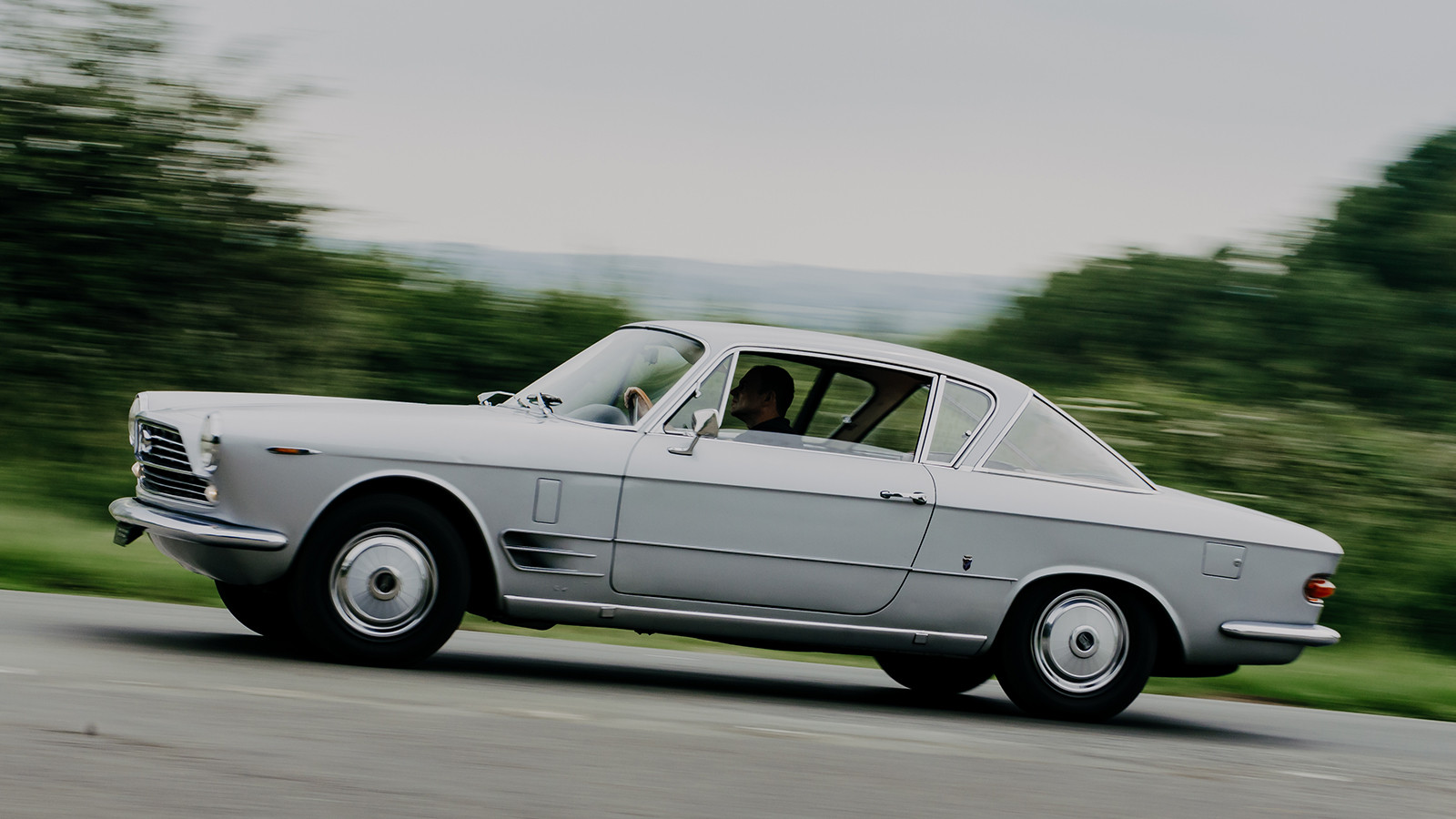 © Max Edleston/Classic & Sports Car
© Max Edleston/Classic & Sports Car -
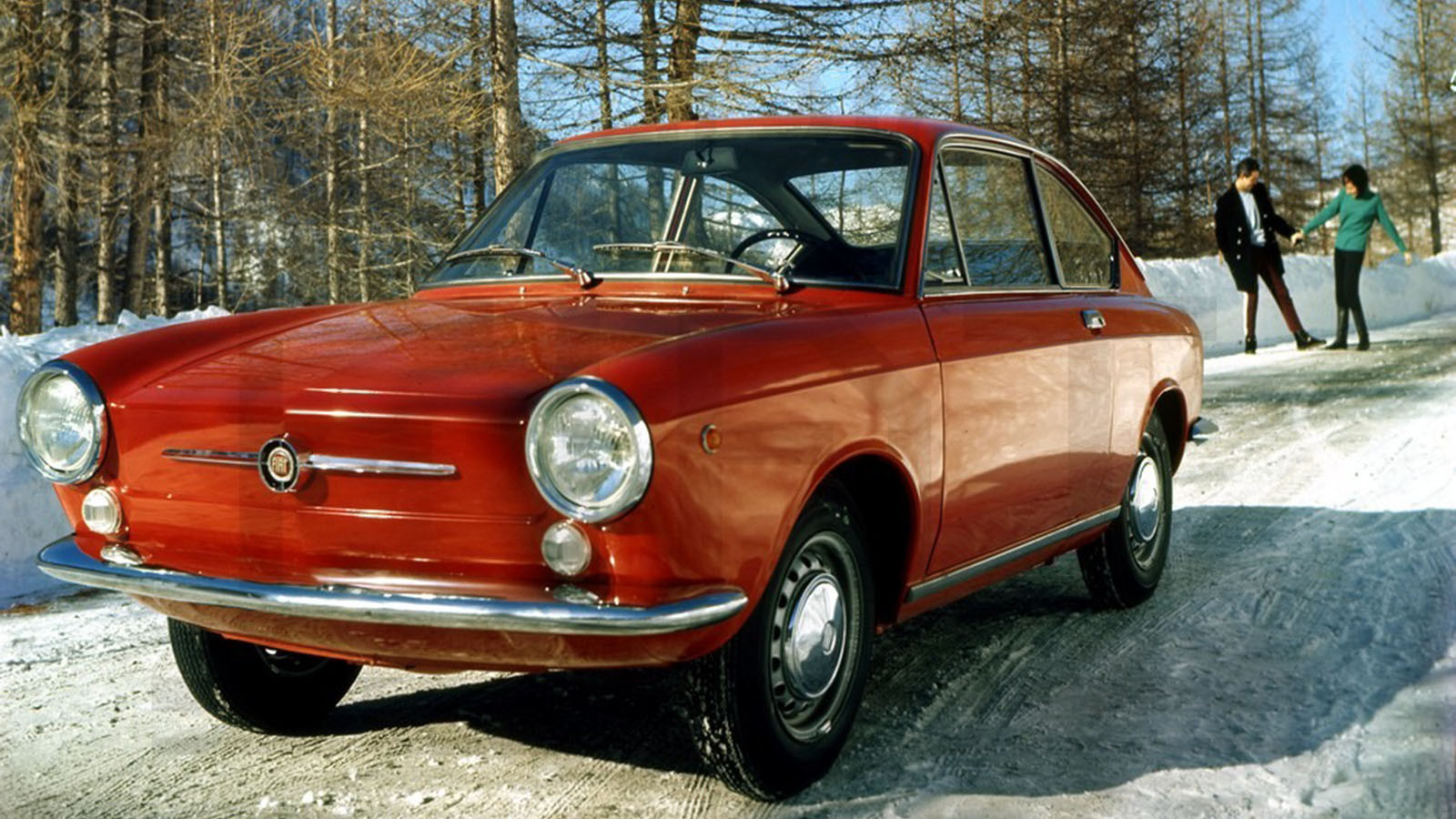 © Centro Storico Fiat
© Centro Storico Fiat -
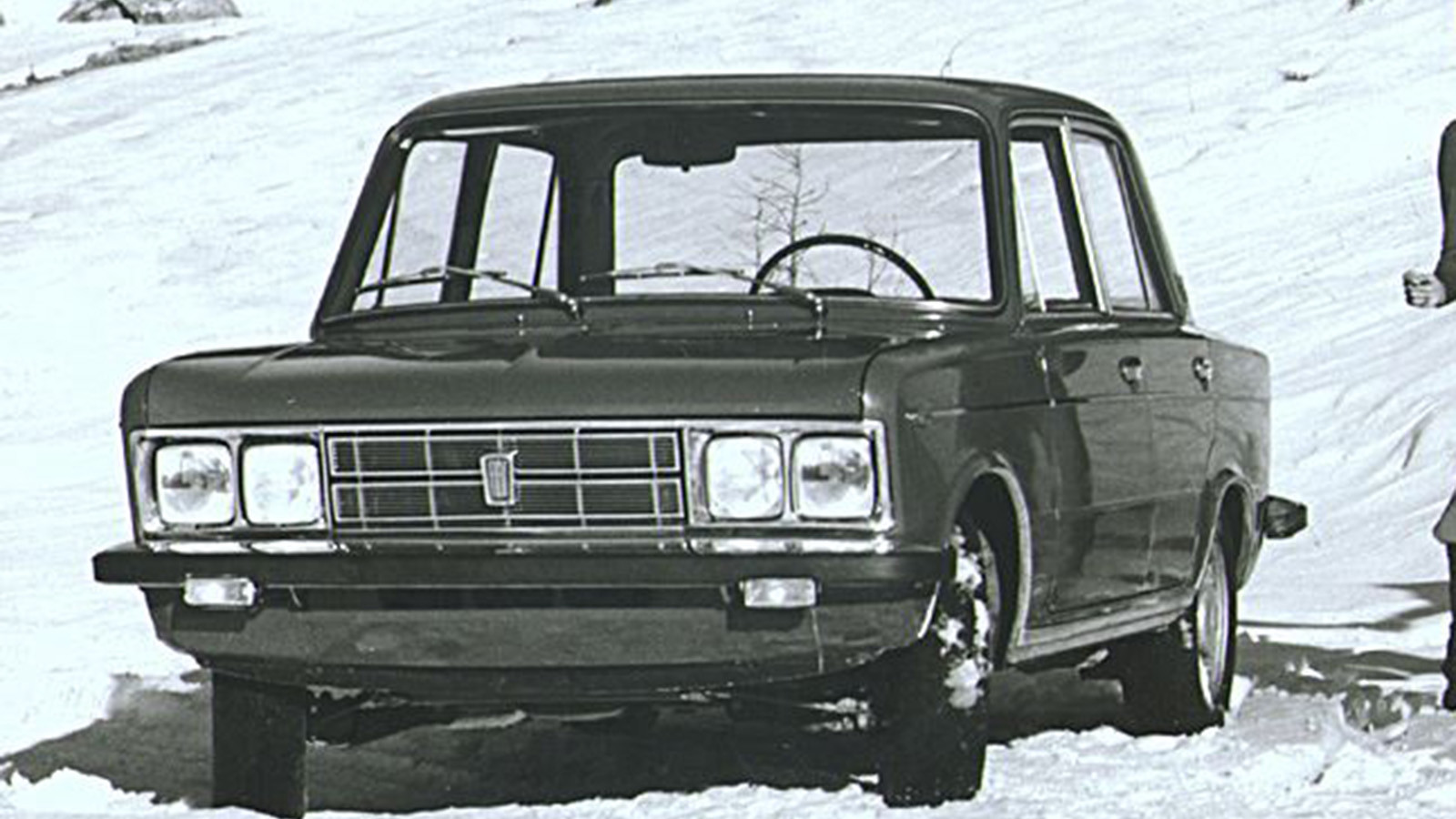 © Stellantis
© Stellantis -
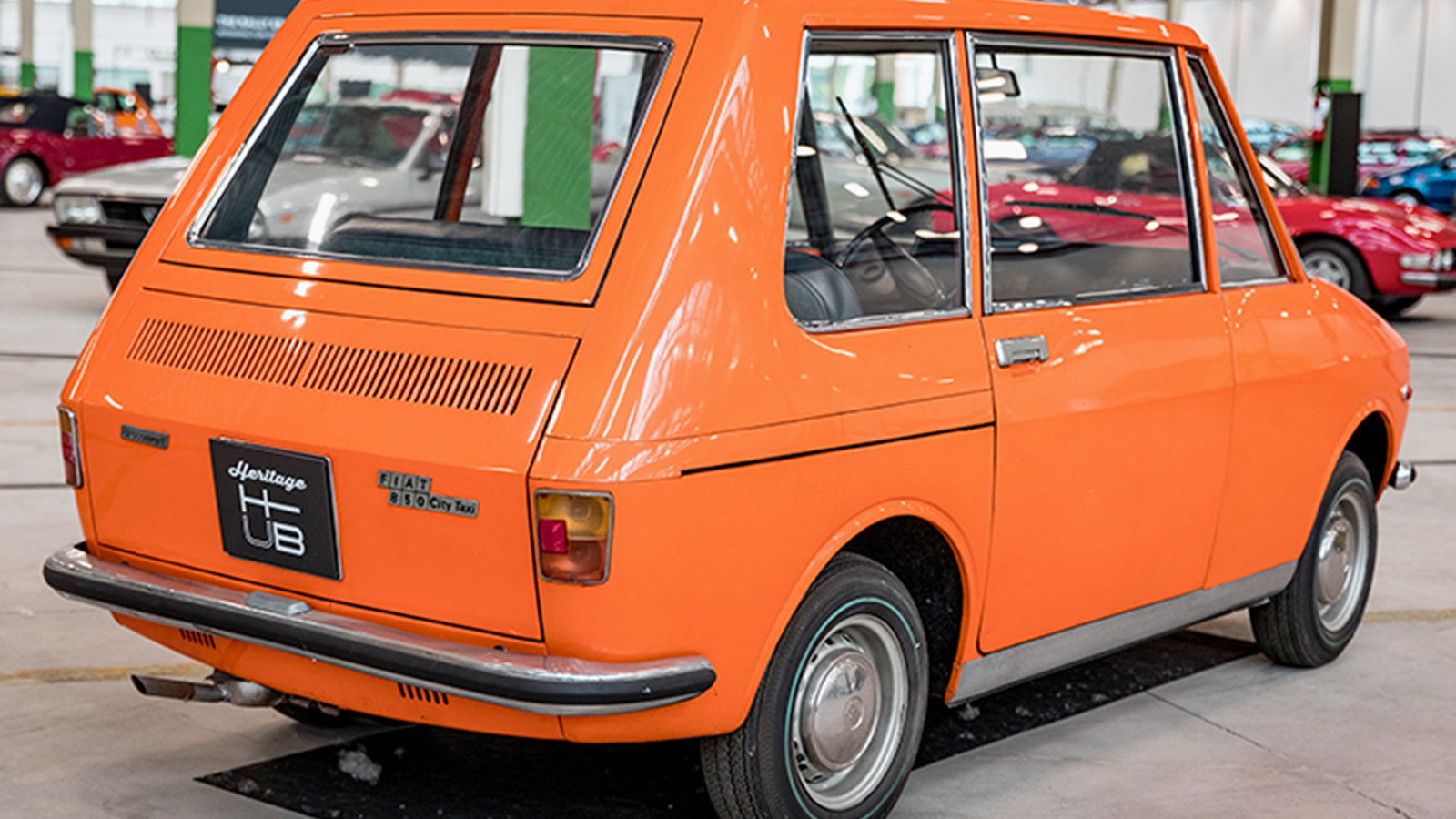 © FCA Heritage
© FCA Heritage -
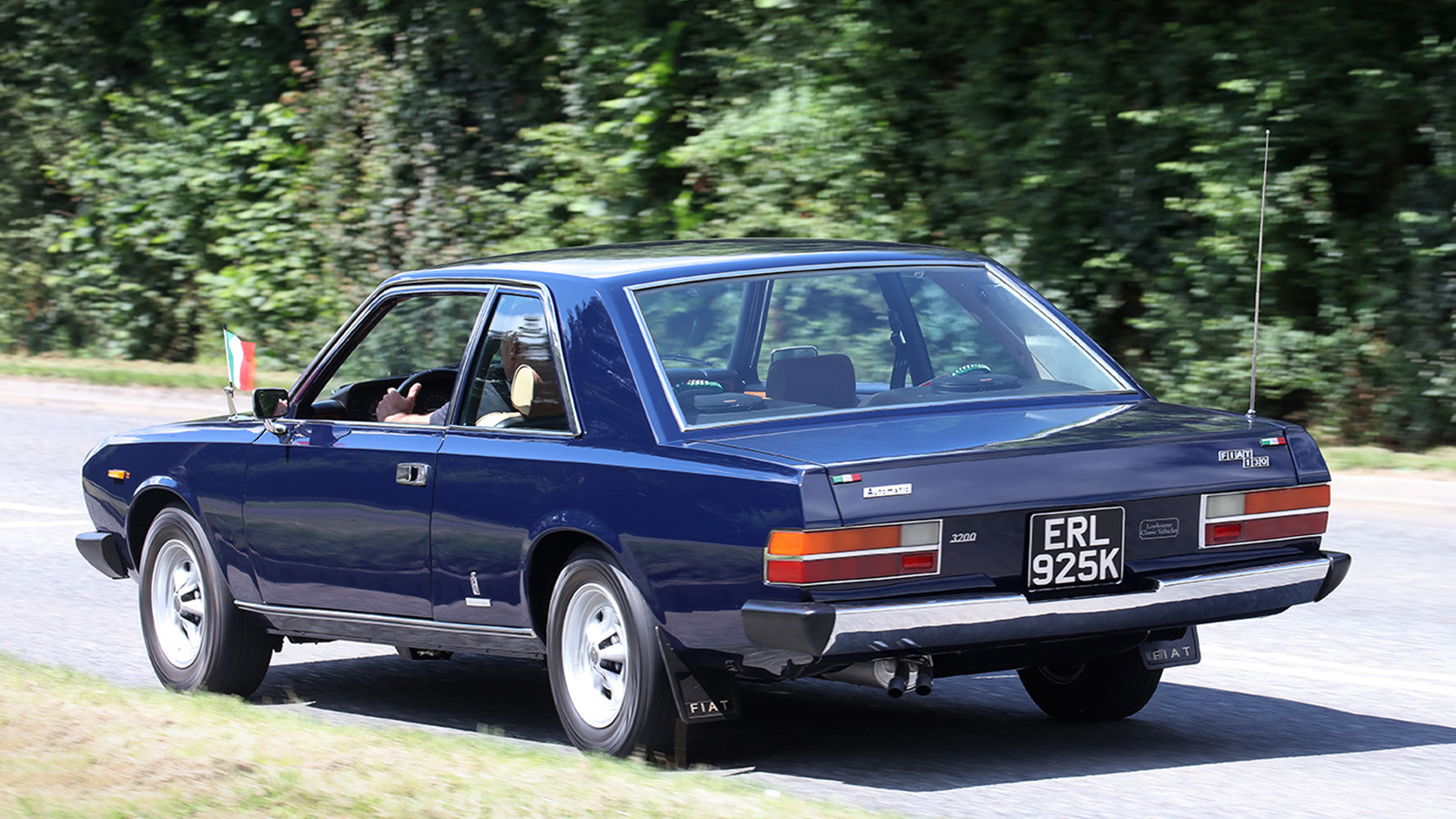 © James Mann/Classic & Sports Car
© James Mann/Classic & Sports Car -
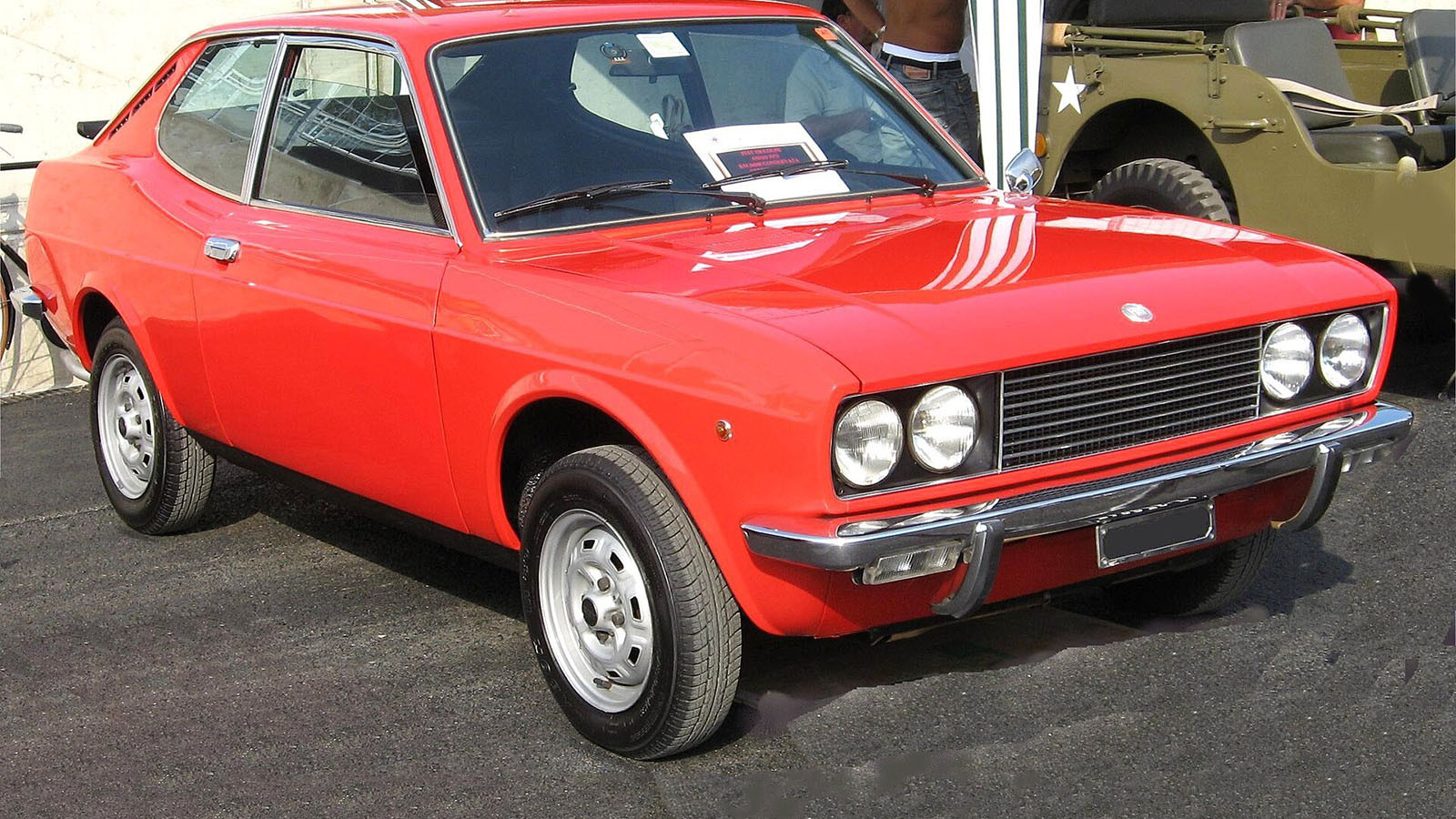 © Ligabo/Public domain
© Ligabo/Public domain -
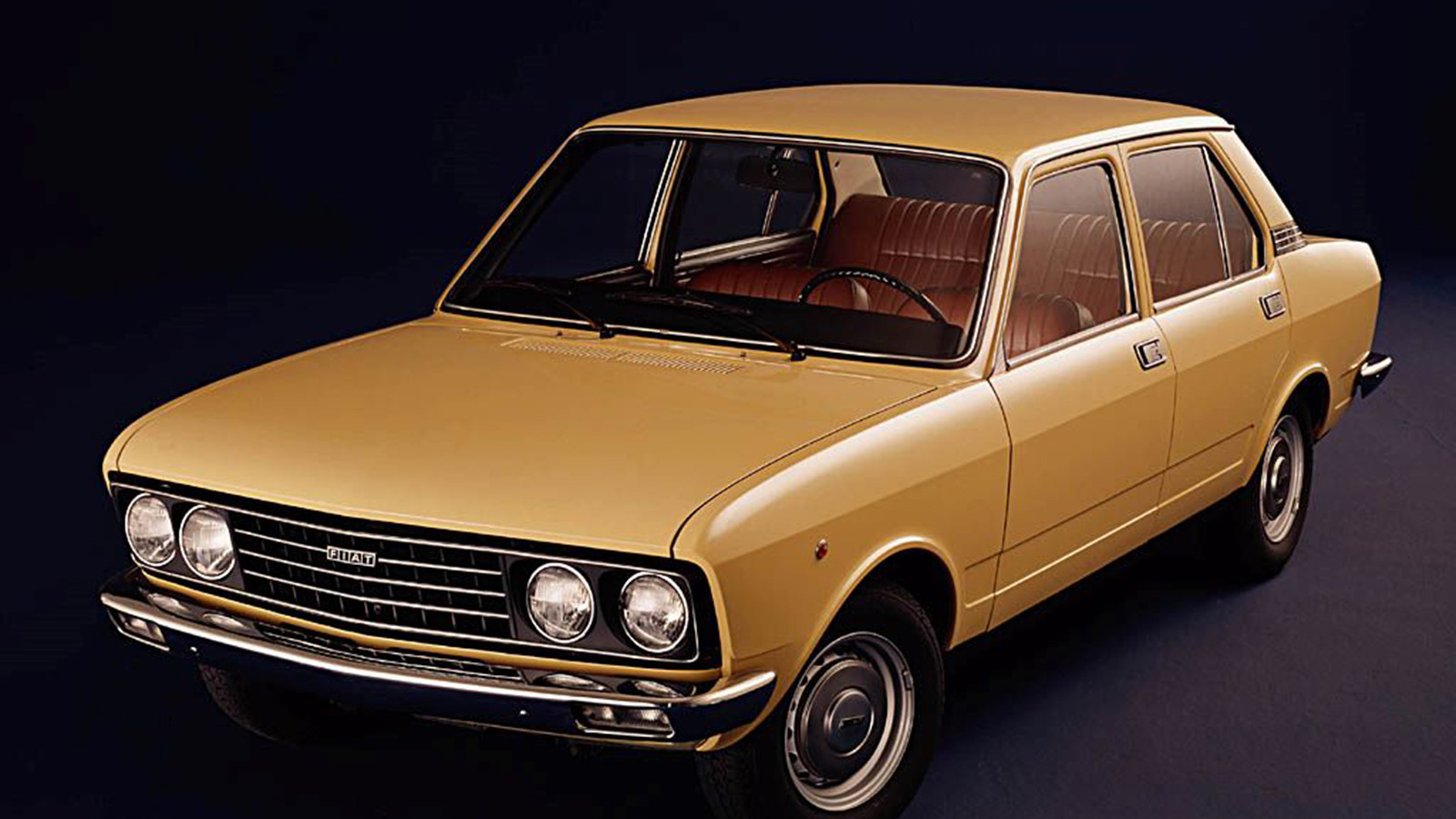 © Stellantis
© Stellantis -
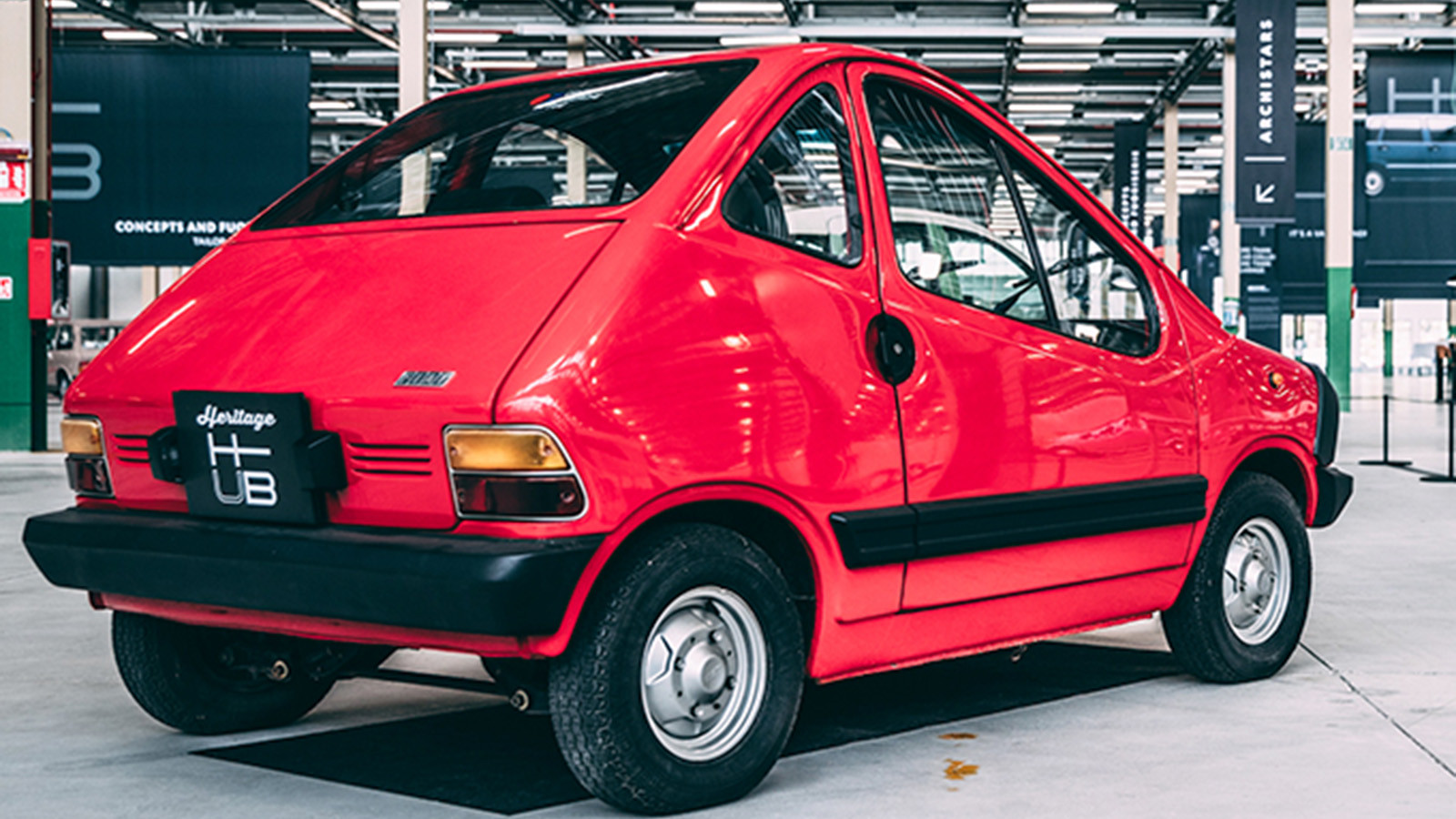 © FCA Heritage
© FCA Heritage -
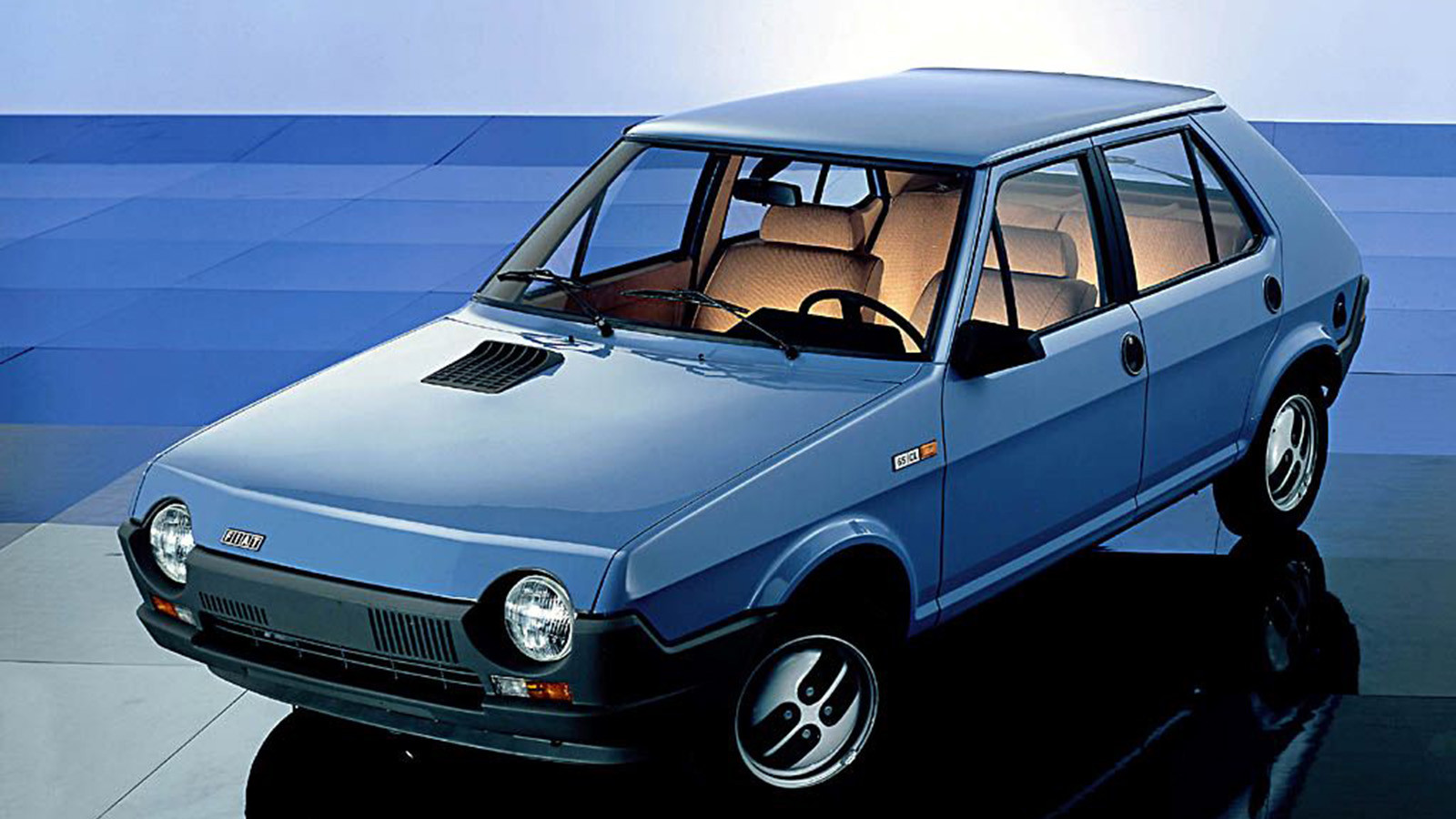 © Stellantis
© Stellantis -
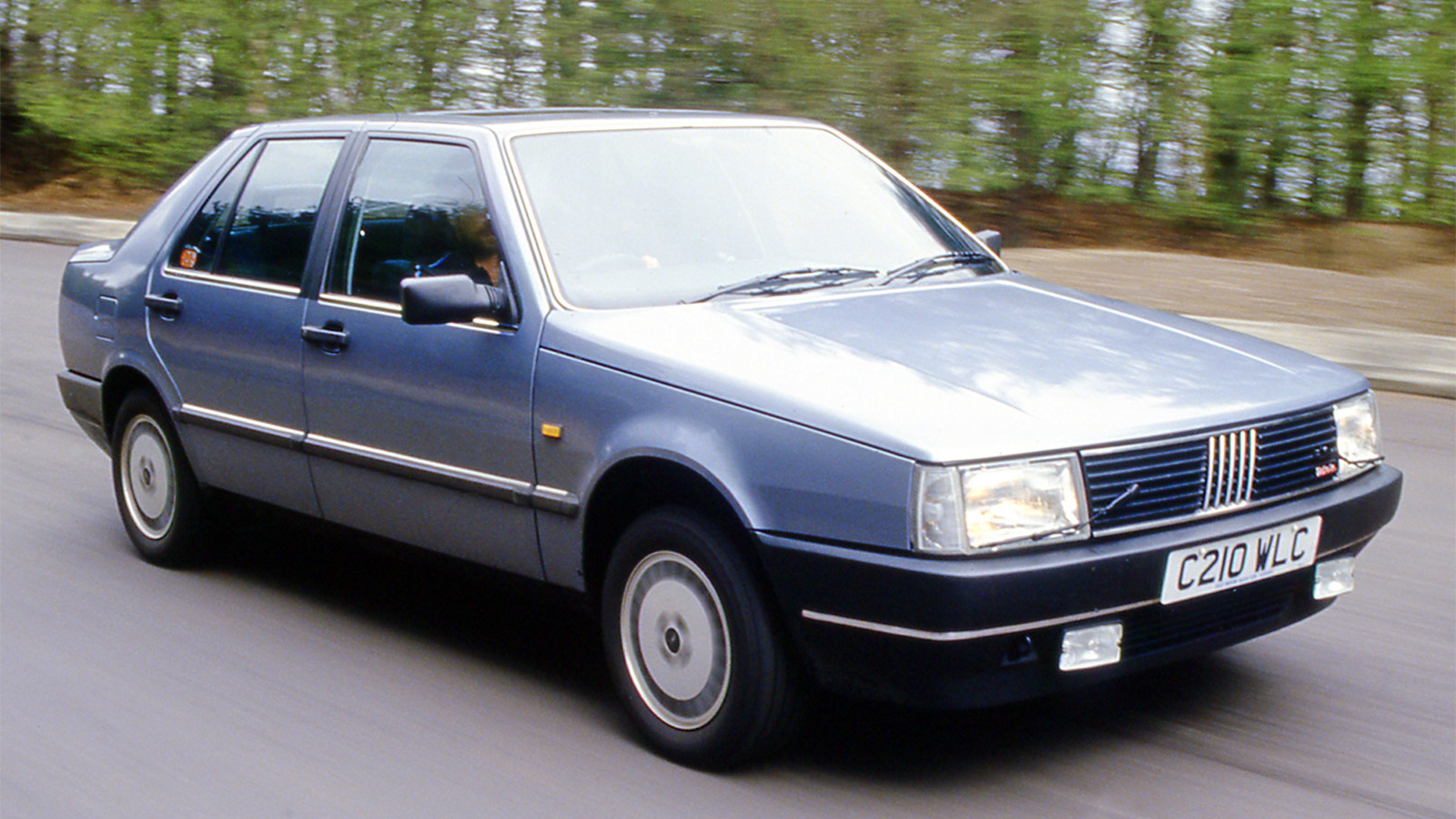 © Haymarket Automotive
© Haymarket Automotive -
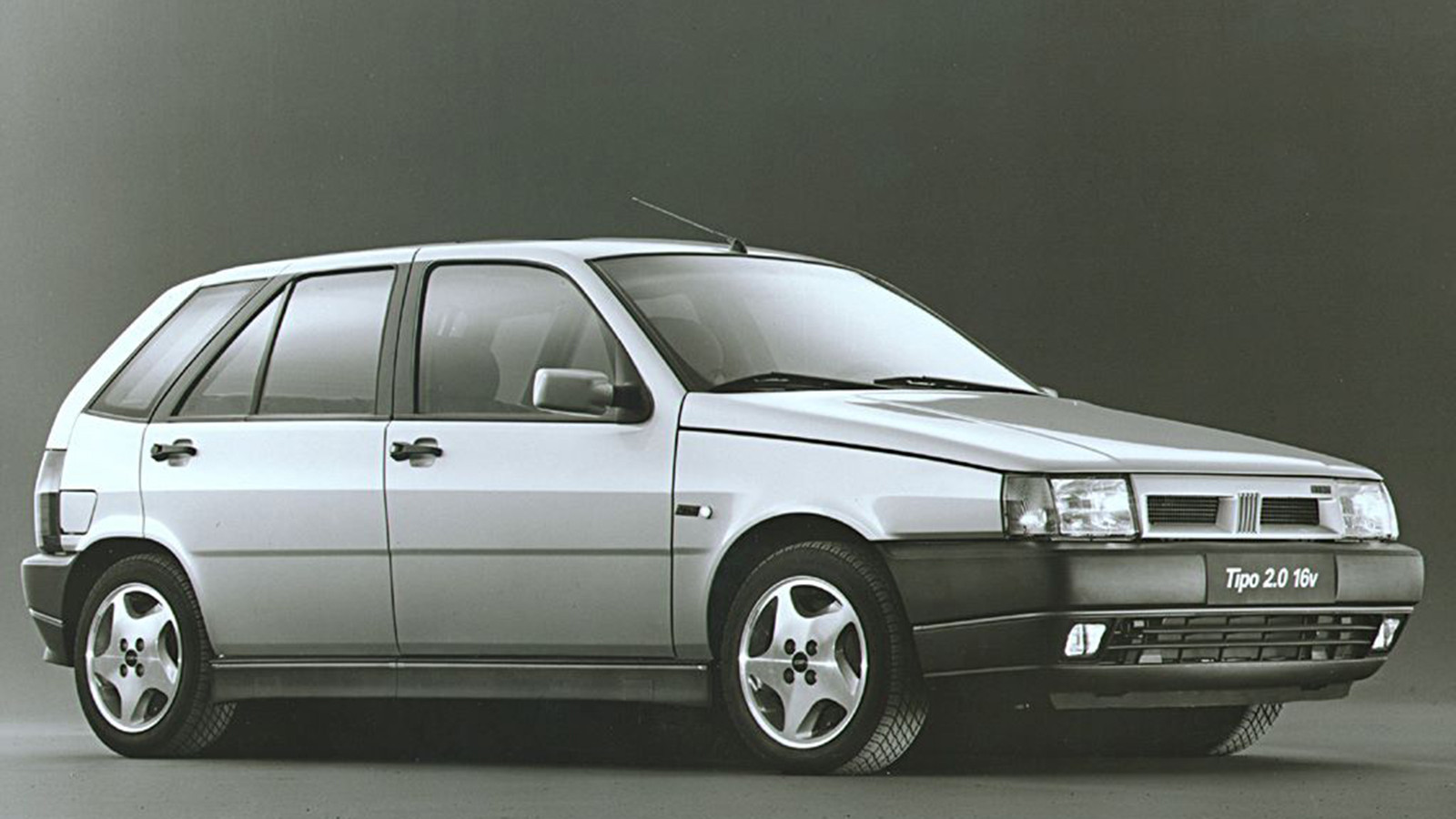 © Stellantis
© Stellantis -
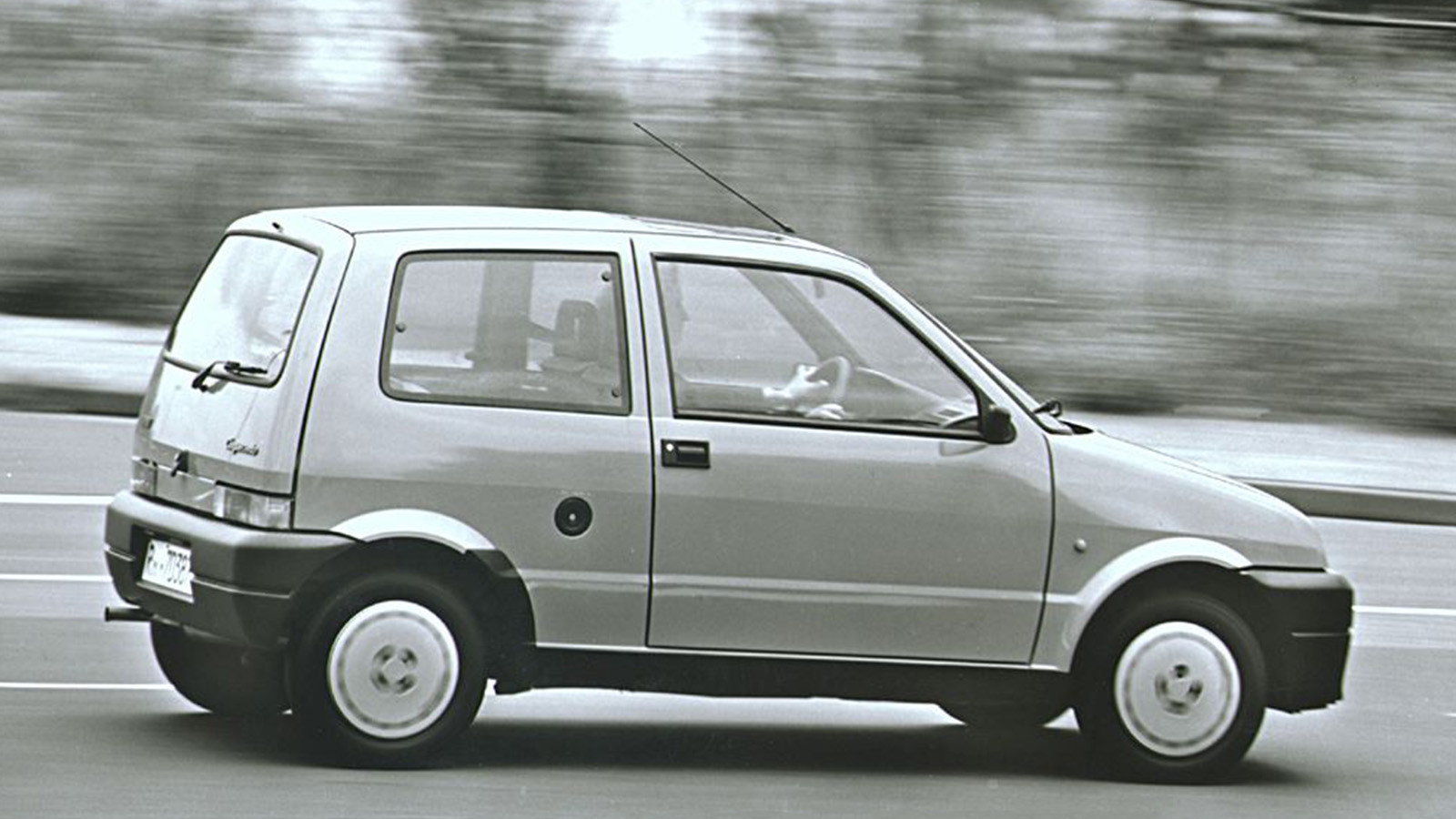 © Stellantis
© Stellantis -
 © FCA Heritage
© FCA Heritage
-
A century and a quarter of success
On 11 July 1899, 125 years ago, a small group of Torinese businessmen founded Fabbrica Italiana Automobili Torino, or FIAT S.p.A.
Controlled by the ebullient Giovanni Agnelli, it rapidly became Italy’s dominant automobile manufacturer, initially producing high-end motor cars, before a gradual shift into the mainstream, post-WW2, saw it launch some of the most innovative small and medium models of the 20th century.
Some may argue that, now subsumed into the multi-brand Stellantis colossus, Fiat’s current platform-shared cars are but a tepid reminder of its engineering-led brilliance in the last century.
Would they be right? Well, the next 23 Fiats – including a few brave concepts – will provide all the evidence we need, in chronological order.
-
1. 1899 Fiat 3 ½ HP
Fiat’s debut model, also known as the 4HP, was, like many other cars from this era, a transition from horse-drawn to horse-less transportation.
The 3 ½ HP’s vis-á-vis bodywork – where driver and passenger face another passenger looking rearward – was suspended on double leaf springs all round, and made by coachbuilder Marcello Alessio.
Weighing a surprisingly chunky 680kg (1499lb), the Fiat was powered by a two-cylinder in-line engine of 679cc capacity, which could propel it to a top speed of 21mph.
Of the 26 3 ½ HPs produced, four survive today.
-
2. 1904 Fiat 60HP
Making its first appearance in competition in 1903, at the Paris to Madrid race, driven by Vincenzo Lancia, the 60HP was a technological tour de force.
The first Fiat model to use the company’s all-new, pressed-steel chassis, the 60HP was available in two wheelbase lengths and powered by a mammoth 10.6-litre, four-cylinder engine, cooled by a then state-of-the-art honeycomb radiator.
From 1904-’06, 86 cars were produced.
-
3. 1912 Fiat Zero
Made from 1912-’15, the Zero – or ‘12/15’ – was the first Fiat to be built in significant numbers, with more than 2000 cars produced at its factory in Turin.
Almost all Zeros wore four-seater bodies, though some were released as rolling chassis for coachbuilder Farina to add two-seater bodywork.
Powered by a 1847cc, in-line ‘four’, sidevalve engine, the Fiat Zero could reach a top speed of 50mph.
-
4. 1931 Fiat 522
Produced in three body styles – saloon, coupé and cabriolet – the 522 was the first of Fiat’s models to use the company’s new rectangular logo.
It was also the first Fiat to use an all-synchromesh, four-speed gearbox, that was mated to the 522’s 2516cc straight-six engine.
While by no means an industry first, a synchro ’box was still a rarity in pre-war times.
Almost 6000 522s were produced from 1931-’33.
-
5. 1935 Fiat 1500
The Fiat 1500’s sleek lines were the result of early wind-tunnel testing, which was viewed with some scepticism, critics not believing that it influenced potential buyers.
Nonetheless, the Fiat 1500’s long life – launched at the Milan motor show in 1935, it continued to be sold after the war until 1950 – proved otherwise.
Other advanced technology clearly helped, including the 1500’s Dubonnet-style, independent front suspension, as well as its synchromesh gears – though only on the third and fourth ratios.
A top speed of 71mph was impressive for the time, with power coming from the 1500’s overhead-valve, 1493cc straight-six.
-
6. 1950 Fiat 1400
Replacing the 1500, the 1400 was Fiat’s first all-new post-war model, and the first that the company produced with a monocoque body, rather than a separate chassis.
Designed by Fiat’s legendary Dante Giacosa and launched at the Geneva show in 1950, the 1400 was available as a four-door saloon and two-door coupé or convertible.
Most 1400s used a 1.4-litre, in-line, four-cylinder engine, but there was also the choice of a 1.9-litre diesel – the first time such a unit had been offered in a Fiat passenger car.
-
7. 1951 Fiat Campagnola
With Italy rebuilding its infrastructure post-war, the Ministry of Defence issued a tender for manufacturers to design a Jeep-type vehicle suitable for military and civilian applications.
Fiat and Alfa Romeo were both in the running, but it was Fiat’s AR51 that won.
Designed by Dante Giacosa, the AR51 – soon after named Campagnola – used a detuned version of the 1.9-litre ‘four’ also seen in the 1900 passenger car.
Mainly sending drive to its rear wheels, when the Campagnola’s low-range was engaged, drive was also delivered to the front axle, with the ability to lock both diffs if required.
In its first iteration, the Campagnola was produced for 22 years, during which time 40,000 vehicles were built.
-
8. 1954 Fiat Turbina concept
Fiat wasn’t the first to produce a gas-turbine-powered concept car – Rover in the UK had pipped it to the post – but its Turbina was by far the most dramatic looking.
Featuring a unit using a two-stage turbine to power its centrifugal compressor, and a single-stage turbine with reduction gear to send drive to its rear wheels, the Turbina produced a staggering c300bhp at 22000rpm.
It made its first appearance at Fiat’s rooftop test track at the Lingotto factory and the Turbina was claimed to have a top speed of 160mph.
Alas, high fuel consumption and problems with overheating eventually called time on the project.
-
9. 1956 Fiat 600 Multipla
Arguably the world’s first mass-produced MPV, the Fiat 600 Multipla epitomised Dante Giacosa’s brilliance as a designer.
Using the 600 saloon as a base, and retaining that model’s four-cylinder 633cc engine mounted behind its rear axle, the Multipla’s cabin extended to the front of the car, allowing three rows of seats.
Due to its bluff front end, the Fiat Multipla appeared to be travelling backwards when it was moving forwards, but it did allow space for up to six occupants.
The rearmost seats could also fold down, creating a double bed for camping trips.
-
10. 1957 Fiat Nuova 500
Few cars have had an impact on mainstream motoring as big as that of Fiat’s 1957 Nuova 500.
Along with the earlier 600 model, it truly democratised personal mobility like few cars before it, while also predating the Mini.
Another Dante Giacosa creation, the Fiat Nuova 500 replaced the pre-war Topolino, and at a price roughly equivalent to an Italian labourer’s annual salary.
Powered by an air-cooled, twin-cylinder engine with 479cc, the 500’s humble 15bhp output was compensated (to some extent) by its sylph-like 470kg (1036lb) kerbweight.
Even so, drivers were lucky to top more than 50mph in early Fiat 500 models.
-
11. 1961 Fiat 2300S Coupé
Only produced from 1961-’62, the 2300S Coupé was Fiat’s challenger in the early 1960s GT class.
Exclusive and expensive – at launch, it was twice as expensive as Jaguar’s E-type – the 2300S Coupé didn’t even wear a Fiat badge, and it was styled by Ghia, rather than Fiat’s in-house Centro Stile department.
Effectively a two-plus-two, rather than a four-seater, the Coupé could reach a top speed of almost 120mph, powered by its 2279cc, straight-six engine.
-
12. 1965 Fiat 850 Coupé
A year after the neatly styled 850 saloon was launched, Fiat unveiled the 850 Coupé at Geneva in 1965.
Powered by an uprated version of the 850 saloon’s rear-mounted 843cc, water-cooled ‘four’, the Coupé produced 47bhp, enough for a top speed of 91mph.
In 1968, the Coupé’s engine capacity was raised to 903cc, by which time it cost a full £200 more than the Mini Cooper MkII in the UK.
But Autocar thought it was worth it, opining ‘…there is little or nothing which offers the blend of value, performance, economy, chic styling and reliability…’.
-
13. 1967 Fiat 125
Fiat’s big-car offering, the 125, was introduced in 1967.
Its underpinnings were largely carried over from that of its predecessor, the 1500, and its body was effectively a lengthened version of the smaller 124 model’s.
The Fiat 124 Sport’s 1608cc engine was also used in the 125, producing 90bhp, but when the 125S (for ‘Special’) joined the range a year later, power was boosted to 100bhp, and a five-speed gearbox added, along with the option of magnesium alloy wheels.
-
14. 1968 Fiat 850 City Taxi
With the 600 Multipla no more, Fiat’s Centro Stile design department started to look at developing a vehicle specifically for public transportation.
Unveiled at the Turin motor show in 1968, the 850 City Taxi was a concept designed by Pio Manzù.
The car’s boxy lines (which later inspired the Fiat 126) utilised every inch of the available space in the cabin, resulting in a three-seat bench at the rear, with a fold-down front seat for a fourth passenger if needed.
There was even a powered sliding door on the right side of the vehicle for passengers.
The 850’s 843cc four-cylinder mechanicals were used, including that model’s optional ‘idromatic’ clutch-less transmission.
-
15. 1969 Fiat 130 saloon/1971 Fiat 130 Coupé
Replacing the Fiat 2300 saloon as the marque’s executive-class contender was the 130 saloon, which arrived in 1969.
With all-round, McPherson-strut, independent suspension and powered by Aurelio Lampredi’s new twin-overhead-cam V6 engine, the 130 was a thoroughly advanced, if somewhat urbanely designed, large car.
That changed in 1971, though, when Fiat’s 130 Coupé entered the range.
Designed by Pininfarina’s Paolo Martin, the four-seat Coupé gained a larger 3235cc version of Lampredi’s V6 (which was carried over to the saloon).
-
16. 1971 Fiat 128 Coupé
A year after the European Car of the Year-winning Fiat 128 was launched in 1970, came the in-house-designed 128 Coupé.
Based on the saloon’s all-independent, MacPherson-strut underpinnings, but with its wheelbase shortened by 9in (229mm), the Coupé was available in two trims: S and SL.
SL brought with it four headlights and a different front grille, as well as many other trim enhancements.
Powered by either 1.1- or 1.3-litre versions of Aurelio Lampredi’s oversquare, four-cylinder engine, the Fiat 128 Coupé could just about top 100mph in its most powerful form.
-
17. 1972 Fiat 132
Replacing the 125 in 1972 was the Fiat 132, with an all-new design by Marcello Gandini.
From launch, the 132 was offered with a choice of 1.6- or 1.8-litre twin-overhead-cam, four-cylinder engines, each mated to a five-speed manual gearbox (a three-speed auto was optional).
The Fiat 132 was revised twice in its nine-year life, with a more powerful 2-litre engine offered in its final guise, available with fuel injection.
-
18. 1974 Fiat X1/23 concept
Prompted by the early 1970s oil crisis, Fiat started looking at other potential power sources for its cars, resulting in the X1/23 concept.
Unveiled at the 1974 Turin motor show, the X1/23 was designed by Gian Paolo Boano at Fiat’s Centro Stile.
The two-seater city car was a pure EV, with its electric motor mounted at the front and lead-acid battery pack at the rear. Its range was up to 70km (43 miles)
Measuring just 2.5m (a little more than 8ft) in length, the X1/23 had non-opening windows necessitating air conditioning in the cabin.
-
19. 1978 Fiat Strada/Ritmo
Thanks to the success of the Volkswagen Golf, it was clear that hatchbacks were here to stay, so it was no surprise that when Fiat launched its 128 replacement at the 1978 Turin motor show, it would follow the money.
Named Strada in the UK, US and Canada, and Ritmo (for ‘rhythm’) elsewhere, the new car took its underpinnings from the well-regarded 128, but dressed it with a modernist and more aerodynamic, in-house-designed body.
Available at launch with 128-based 1.1-, 1.3- and 1.5-litre engines, in the UK the Strada is perhaps best remembered for its advertising slogan, ‘Handbuilt by robots’, along with the accompanying TV ad and its soundtrack from Rossini’s The Barber of Seville.
-
20. 1985 Fiat Croma
Built from 1985-’96, the Fiat Croma replaced the 132-derived Argenta model and used the jointly developed Type Four platform, which also underpinned the Lancia Thema, Alfa Romeo 164 and Saab 9000.
The Croma’s Giorgetto Giugiaro-designed, notchback body had a tailgate at the rear, rather than a conventional boot.
The Croma was Fiat’s first large car to use a range of transversely mounted engines to drive its front wheels.
Starting with a 1.6-litre unit, the line-up ran through to a 2.5-litre V6, plus there was also a wide choice of diesel engines.
-
21. 1988 Fiat Tipo
Addressing buyers’ long-perceived wariness about Fiat cars’ susceptibility to rust, the 1988 Tipo – which replaced the Strada/Ritmo – was the first model from the company with body panels galvanised on both sides, covering 75% of the car’s surface.
Inside, the Fiat Tipo had a spacious cabin with seating for five. And outside it was the most aerodynamic car in its class, with a Cd figure of 0.31.
Three petrol engines were available, ranging from 1.1 to 1.6 litres, as well as two diesel units, one naturally aspirated, the other turbocharged.
-
22. 1991 Fiat Cinquecento
The Cinquecento was Fiat’s front-engine, front-wheel-drive replacement for the long-serving 126 city car.
Built at the Fiat Auto Poland factory, the three-door hatchback was hugely advanced versus its predecessor, with all-independent suspension, galvanised body panels, rack-and-pinion steering and front disc brakes.
However, the initial engine choice – a 903cc, overhead-valve, four-cylinder unit – was rooted in the 850 of the 1960s.
But by 1994, Fiat’s 1108cc, single-overhead-camshaft ‘FIRE’ engine was introduced to the range to power the Cinquecento Sporting, mated to a close-ratio gearbox.
-
23. 2005 Fiat Oltre concept
It may look like a Hummer H2 pastiche, but in fact Fiat’s Oltre concept, unveiled at the 2005 Bologna show, was a genuine proposal for a more civilised version of the company’s existing Iveco LMV (Light Multirole Vehicle), used by the Italian and British militaries.
There was real substance to the Oltre’s abilities, too. Powered by the LMV’s 3-litre, turbodiesel ‘four’, the all-wheel-drive Oltre could carry five passengers, had a wading depth of up to 33in (838mm) and a maximum departure angle of 80 degrees.
